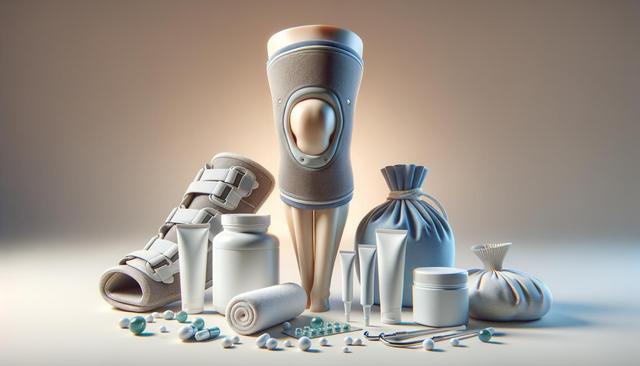Understanding the Common Causes of Knee Pain
Knee pain is a condition that affects people of all ages and activity levels. Understanding the root causes is the first step toward effective relief and long-term prevention. The knee is a complex joint made up of bones, cartilage, ligaments, and tendons. When any of these components are stressed or injured, pain can follow. Common causes include:
- Osteoarthritis – Degenerative joint disease due to wear and tear
- Ligament injuries – Such as ACL or MCL tears from sports or accidents
- Meniscus tears – Often due to twisting injuries
- Tendinitis – Inflammation of the tendons from overuse
- Bursitis – Swelling of the fluid-filled sacs that cushion the joint
In some cases, knee pain may also be linked to misalignment, muscle imbalances, or excess weight placing additional pressure on the joint. For accurate diagnosis, consulting a healthcare professional is crucial. However, recognizing the symptoms and their probable triggers can help you take proactive steps toward relief and healing.
Effective Home Remedies and Techniques for Relief
Once the source of your knee pain is identified, several home-based methods can offer relief. These approaches are non-invasive and can be integrated into daily routines. One widely recommended method is the R.I.C.E. protocol—Rest, Ice, Compression, and Elevation—which helps reduce inflammation and support healing, especially after acute injury. Beyond this, other helpful strategies include:
- Gentle stretching and mobility exercises to reduce stiffness
- Over-the-counter anti-inflammatory medications (as advised by a doctor)
- Warm baths or heat packs for chronic pain from arthritis
- Massage and foam rolling to ease muscle tension around the knee
Staying active with low-impact exercises like swimming or cycling can also keep the knee joint mobile without causing further strain. It’s important to avoid activities that worsen the pain or involve sudden twisting or high impact.
Physical Therapy and Strengthening Exercises
Physical therapy is a widely used and effective method for addressing both the symptoms and underlying causes of knee pain. A trained therapist can provide a tailored exercise plan to strengthen the muscles supporting the knee, particularly the quadriceps, hamstrings, and hip stabilizers. These exercises improve alignment and reduce stress on the joint. Common strengthening movements include:
- Straight leg raises
- Hamstring curls
- Wall sits
- Step-ups
- Side leg raises
Therapists may also use manual therapy techniques, balance training, and functional movement analysis to enhance recovery and prevent recurrence. Strengthening the surrounding muscles not only reduces pain but also improves the knee’s ability to absorb shock during movement.
When to Seek Medical Treatment
While many cases of knee pain can be managed at home, there are times when professional medical treatment is necessary. If your pain is severe, persistent, or accompanied by swelling, instability, or reduced mobility, it’s important to seek medical advice. Physicians may recommend imaging tests such as X-rays or MRIs to determine the cause.
Depending on the diagnosis, treatments may include:
- Prescription medications to address inflammation
- Corticosteroid injections for pain relief
- Physical therapy referrals for long-term management
- Surgical interventions in severe cases, such as meniscus repair or knee replacement
Early intervention can significantly improve outcomes, especially for conditions like ligament tears or advanced arthritis. Ignoring symptoms may lead to worsening damage and longer recovery times.
Preventing Knee Pain for the Long Term
Prevention is key to maintaining healthy knees, especially if you have a history of joint issues or live an active lifestyle. Building strength, maintaining flexibility, and practicing proper biomechanics during movement can all reduce the risk of injury. Here are some essential tips:
- Warm up properly before exercise
- Use correct form during physical activities
- Wear supportive footwear for your activity type
- Maintain a healthy weight to reduce joint pressure
- Incorporate cross-training to avoid overuse injuries
Regular stretching and mobility work, including yoga or tai chi, can improve flexibility and joint function. It’s also important to listen to your body—if you feel discomfort, take a break or modify your activity. Long-term joint health depends on consistency in care, not intensity.
Conclusion: Taking a Proactive Approach to Knee Health
Knee pain can significantly affect daily life, but with the right information and strategies, it’s possible to manage and even prevent it. Whether your discomfort stems from injury, overuse, or chronic conditions, a combination of home care, physical strengthening, and professional guidance can make a meaningful difference. Taking proactive steps today—like staying active, using proper form, and seeking timely treatment—can protect your knees and keep you moving comfortably for years to come.








